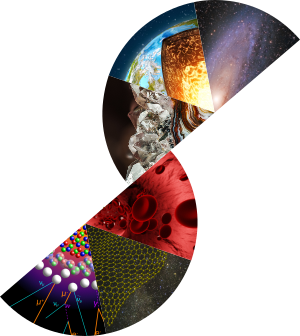Accurate simulation of luminescence spectra in inorganic solids
1 : Institut des Matériaux de Nantes Jean Rouxel
Institut de Chimie du CNRS, Centre National de la Recherche Scientifique : UMR6502, Nantes université - UFR des Sciences et des Techniques, Nantes Université - Ecole Polytechnique de l'Université de Nantes
In the last ten years, the simulation of the luminescence spectra in molecular and metal-organic cluster systems became routine. Numerous works on small to large entities demonstrate the progress of theoretical calculations in this field. In inorganic periodic systems, however, luminescence spectra simulation is only beginning with the pioneering works of Alkauskas et. al. and Jia et. al..[1, 2] Recently, we proposed a method using constrained DFT and the computation of phonons that can simulate a fully vibrationnally resolved emission spectrum.[3] In this communication we will look at the performances of this model compared to experiment on the case of BaZrO3:Ti and Al2O3:Ti.

 PDF version
PDF version
